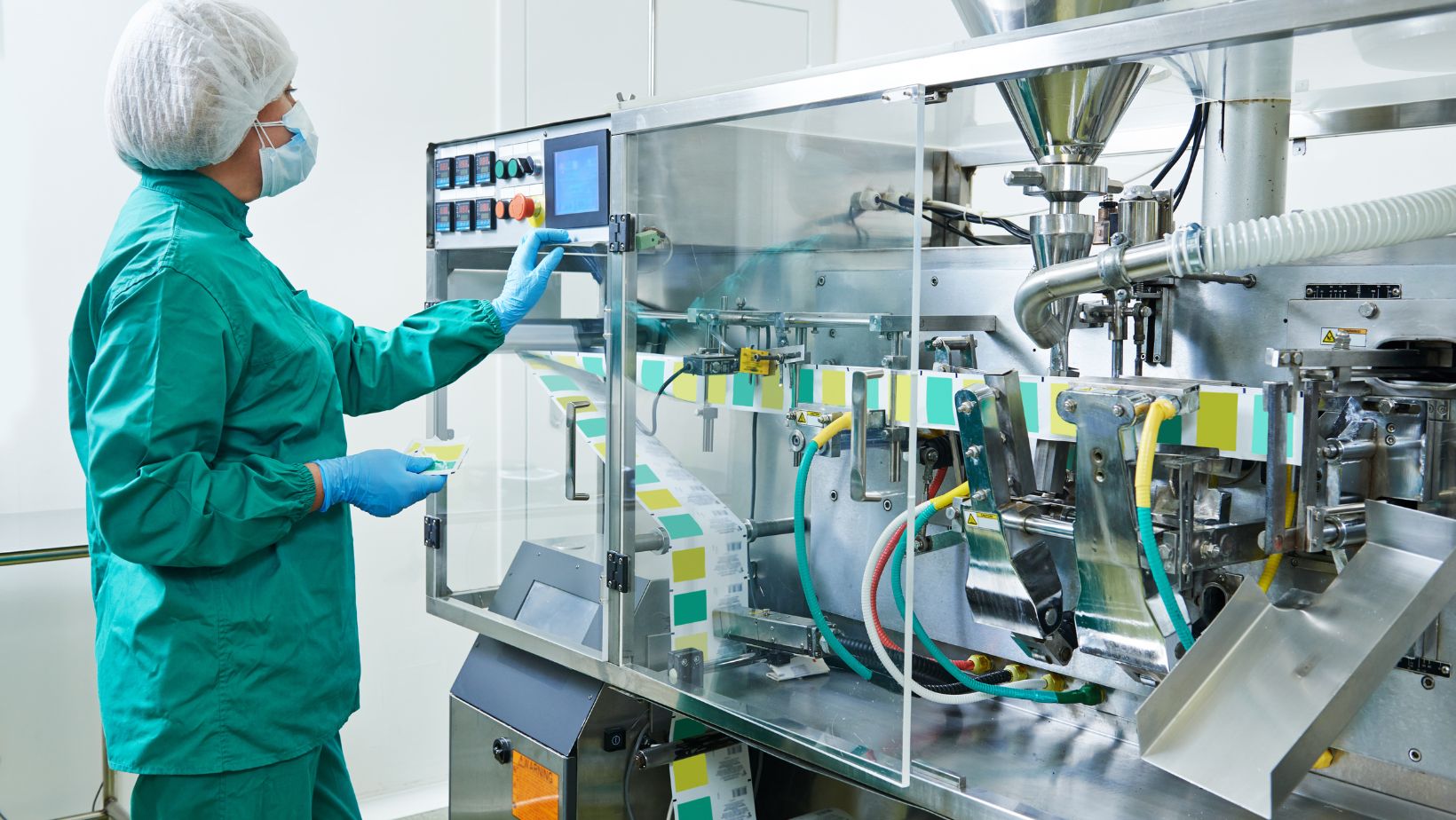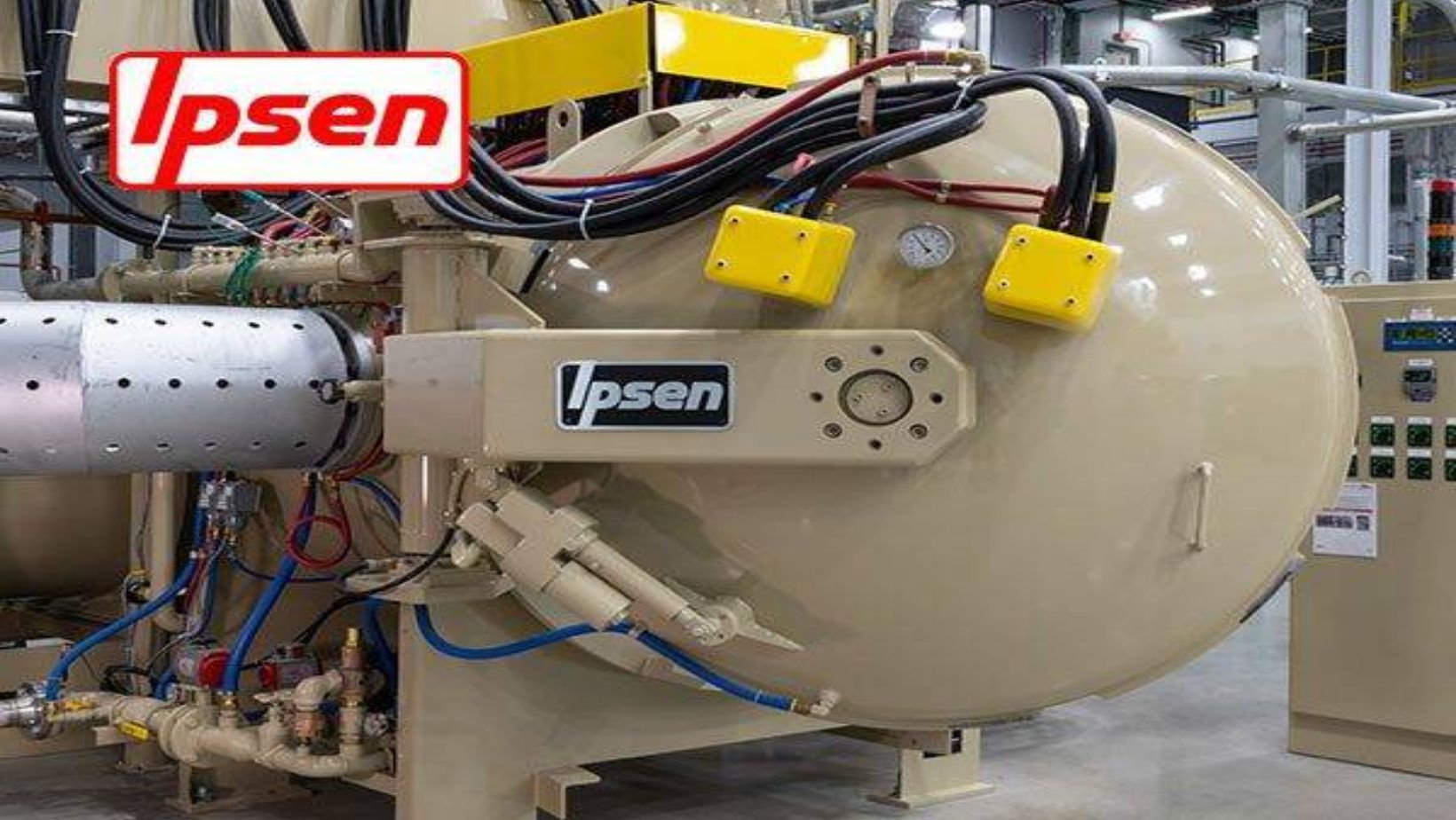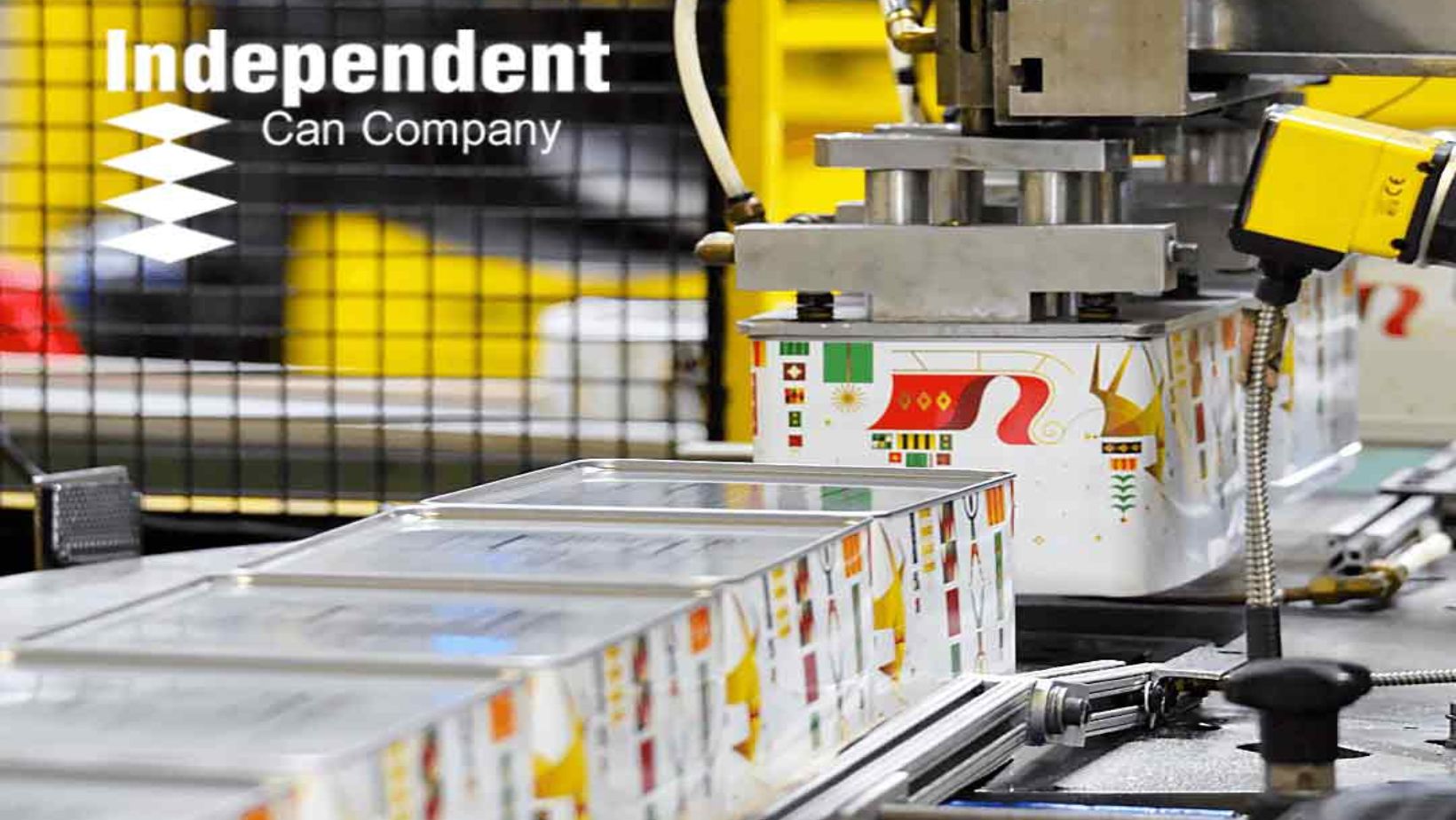
Biopharmaceutical Company
The company faced several challenges for improved business processes and ERP solution selection and implementation:
A variety of business processes needed more formal definition including supply chain, accounts payable, purchase requisitions and POs, order-to-cash, serialization and more.





